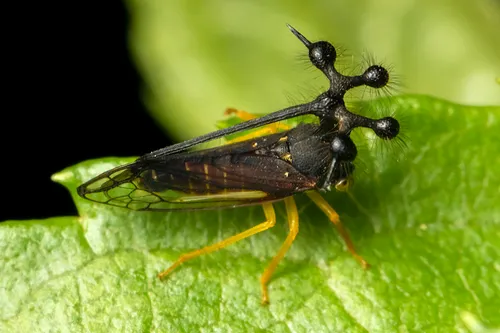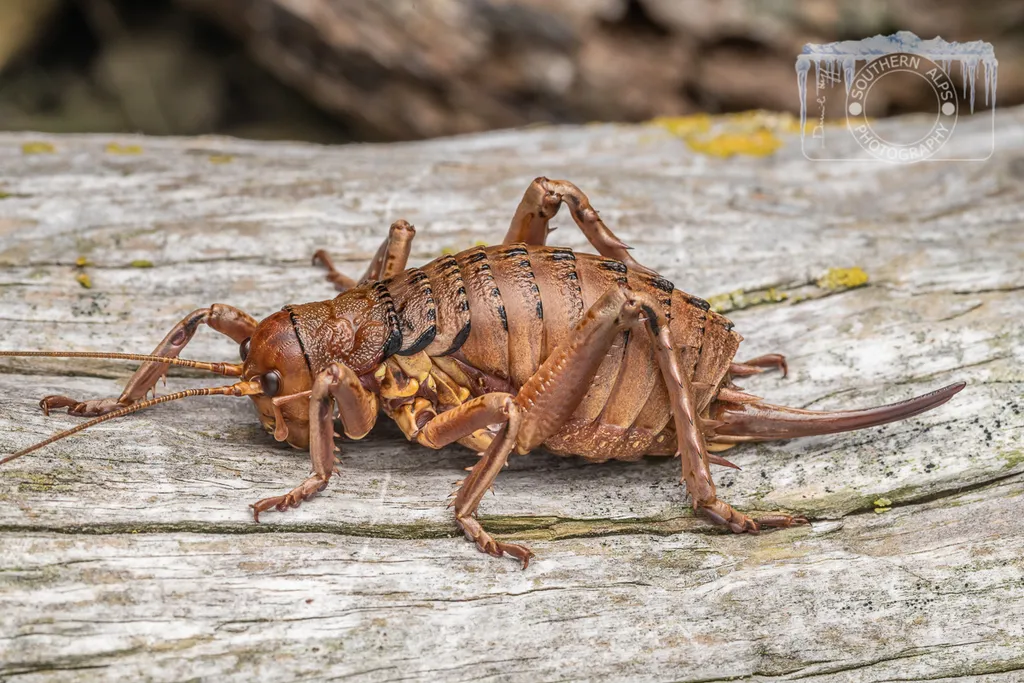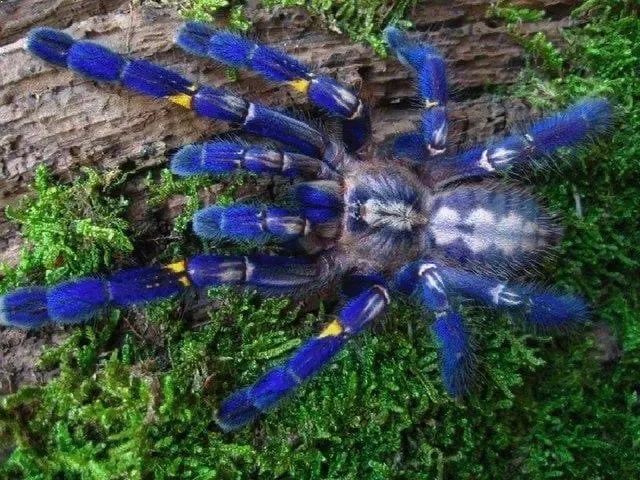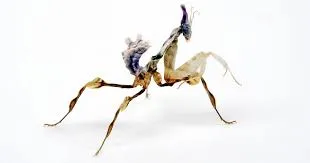Rarest Insects in the World is full of astonishing and mysterious creatures, some of which are so rare that they are rarely seen in the wild. These unique insects have evolved fascinating adaptations to survive in extreme environments, making them some of the most intriguing species on Earth.
In this article, we will explore 9 of the rarest insects in the world, their unique characteristics, habitats, and why they are so hard to find.
Here is a table summarizing the 9 Rarest Insects in the World, their unique features, habitat, and rarity status.
| No. | Insect Name | Unique Features | Habitat | Rarity Status |
|---|---|---|---|---|
| 1 | Brazilian Treehopper (Bocydium globulare) | Bizarre helmet-like structure on its head | Rainforests of Brazil | Rare due to deforestation |
| 2 | Madagascar Comet Moth (Argema mittrei) | Large wingspan (20 cm), bright yellow color | Madagascar forests | Endemic, threatened by habitat loss |
| 3 | Giant Weta (Deinacrida spp.) | Heaviest insect, flightless, cricket-like | Islands of New Zealand | Critically endangered |
| 4 | Atlas Beetle (Chalcosoma atlas) | Large horns used for fights | Southeast Asia (Malaysia, Thailand) | Becoming rare due to pet trade |
| 5 | Pink Leaf Katydid (Eulophophyllum kirki) | Bright pink leaf-like wings | Rainforests of Borneo, Malaysia | Recently discovered (2016), very rare |
| 6 | Peacock Tarantula (Poecilotheria metallica) | Iridescent blue hairy tarantula | India (small forested areas) | Threatened by illegal pet trade |
| 7 | Devil’s Flower Mantis (Idolomantis diabolica) | Flower mimicry, large intimidation display | East Africa (Kenya, Ethiopia) | Requires specific conditions, rare in wild |
| 8 | Titan Beetle (Titanus giganteus) | One of the largest beetles (6.5 inches) | Amazon Rainforest | Deforestation threatens survival |
| 9 | Ghost Mantis (Phyllocrania paradoxa) | Mimics dead leaves, excellent camouflage | Africa & Madagascar | Hard to find due to perfect camouflage |
1. Brazilian Treehopper (Bocydium globulare)

Unique Features:
- One of the strangest insects, the Brazilian Treehopper has a bizarre helmet-like structure on its head with multiple spheres.
- Scientists believe this structure may serve as a defense mechanism against predators.
Habitat:
- Found in the rainforests of Brazil and other parts of South America.
Rarity:
- Due to deforestation and habitat loss, this species is rarely observed in the wild.
2. Madagascar Comet Moth (Argema mittrei)

Unique Features:
- One of the largest moths in the world, with a wingspan of up to 20 cm (8 inches).
- Bright yellow wings with long tails help it camouflage in the wild.
Habitat:
- Endemic to Madagascar, living in tropical forests.
Rarity:
- Limited to one specific region, and deforestation threatens its population.
3. Giant Weta (Deinacrida spp.)

Unique Features:
- Considered one of the heaviest insects in the world, weighing up to 70 grams (2.5 ounces).
- It is a flightless cricket-like insect found in New Zealand.
Habitat:
- Only found on small islands off New Zealand where there are no mammalian predators.
Rarity:
- Conservation efforts are in place to protect this critically endangered species.
4. Atlas Beetle (Chalcosoma atlas)

Unique Features:
- Named after the Greek Titan Atlas, this beetle is known for its massive size and strong mandibles.
- Males use their large horns to fight for mates.
Habitat:
- Found in Southeast Asia, including Malaysia, Indonesia, and Thailand.
Rarity:
- Over-collection for pet trade and habitat destruction have made this species increasingly rare.
5. Pink Leaf Katydid (Eulophophyllum kirki)

Unique Features:
- This katydid has bright pink leaves as wings, making it one of the best examples of natural camouflage.
- Discovered only recently in 2016 in Borneo.
Habitat:
- Found in the rainforests of Borneo, Malaysia.
Rarity:
- Scientists have observed only a few specimens, making it one of the least-studied insects.
6. Peacock Tarantula (Poecilotheria metallica)

Unique Features:
- Despite its name, this is a beautifully colored tarantula with iridescent blue hairs.
- Unlike other tarantulas, it has a unique geometric pattern on its body.
Habitat:
- Found only in a small forested area in India.
Rarity:
- Deforestation and illegal pet trade threaten its survival.
7. Devil’s Flower Mantis (Idolomantis diabolica)

Unique Features:
- One of the largest and most colorful mantis species, mimicking flowers to ambush prey.
- Uses intimidation displays by raising its wings and body to scare predators.
Habitat:
- Found in East Africa, including Ethiopia, Kenya, and Tanzania.
Rarity:
- Requires specific environmental conditions, making it difficult to find in the wild.
8. Titan Beetle (Titanus giganteus)

Unique Features:
- One of the largest beetles in the world, growing up to 6.5 inches (16.7 cm).
- Has powerful jaws that can snap pencils in half.
Habitat:
- Found in the Amazon Rainforest.
Rarity:
- Deforestation and illegal insect collection make it extremely rare.
9. Ghost Mantis (Phyllocrania paradoxa)

Unique Features:
- Looks like a withered leaf, making it nearly invisible in its natural habitat.
- It is a master of disguise and remains motionless for long periods.
Habitat:
- Native to Africa and Madagascar.
Rarity:
- Hard to find due to its camouflage and shrinking habitats.
Offical Link :- Link
Conclusion
The world’s rarest insects are often found in remote locations and have developed unique survival strategies. Unfortunately, many of these species are threatened due to habitat destruction, climate change, and illegal collection.
Efforts such as wildlife conservation, sustainable environmental policies, and responsible ecotourism are crucial to protecting these rare species.
If you’re fascinated by rare insects, consider supporting conservation efforts or visiting ethical insect research centers and nature reserves to observe these incredible creatures in their natural habitats.
FAQs :-
-
What is the rarest insect in the world?
The Lord Howe Island Stick Insect (Dryococelus australis) is often considered the rarest insect, once thought to be extinct until rediscovered in 2001.
-
Where can I see these rare insects?
Some species are kept in specialized insect conservation centers, while others can only be found in remote rainforests and protected areas.
-
Are rare insects endangered?
Yes, many rare insects are endangered due to habitat destruction, climate change, and illegal trade.
-
What is the largest rare insect?
The Titan Beetle is one of the largest insects, growing up to 6.5 inches long.
-
Can I keep rare insects as pets?
Some species, like the Ghost Mantis, are legally bred in captivity. However, many rare insects are protected and illegal to own.
